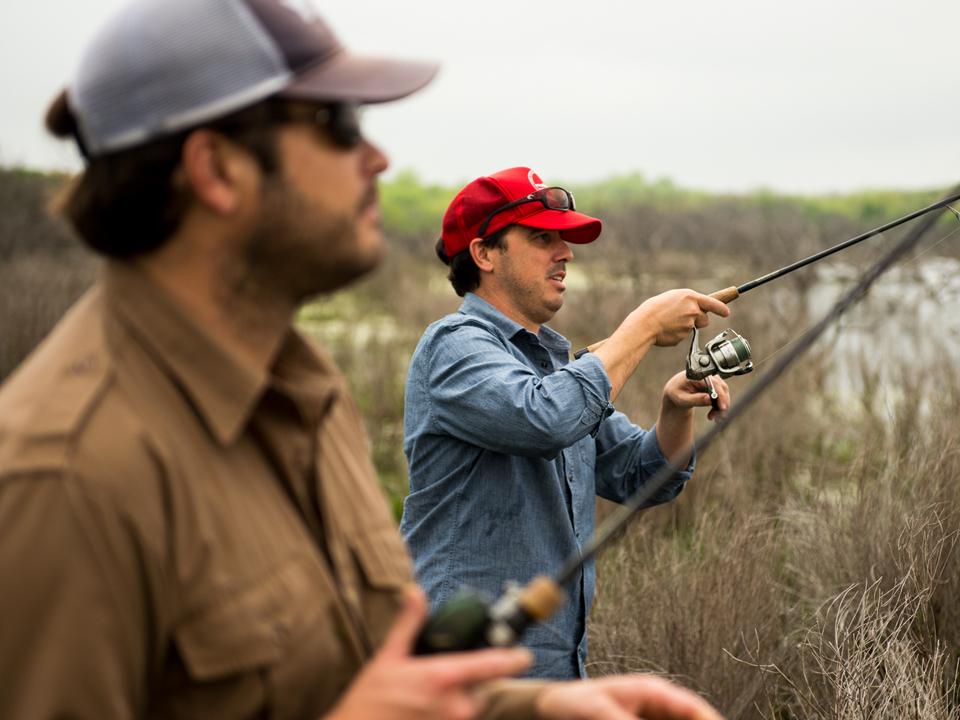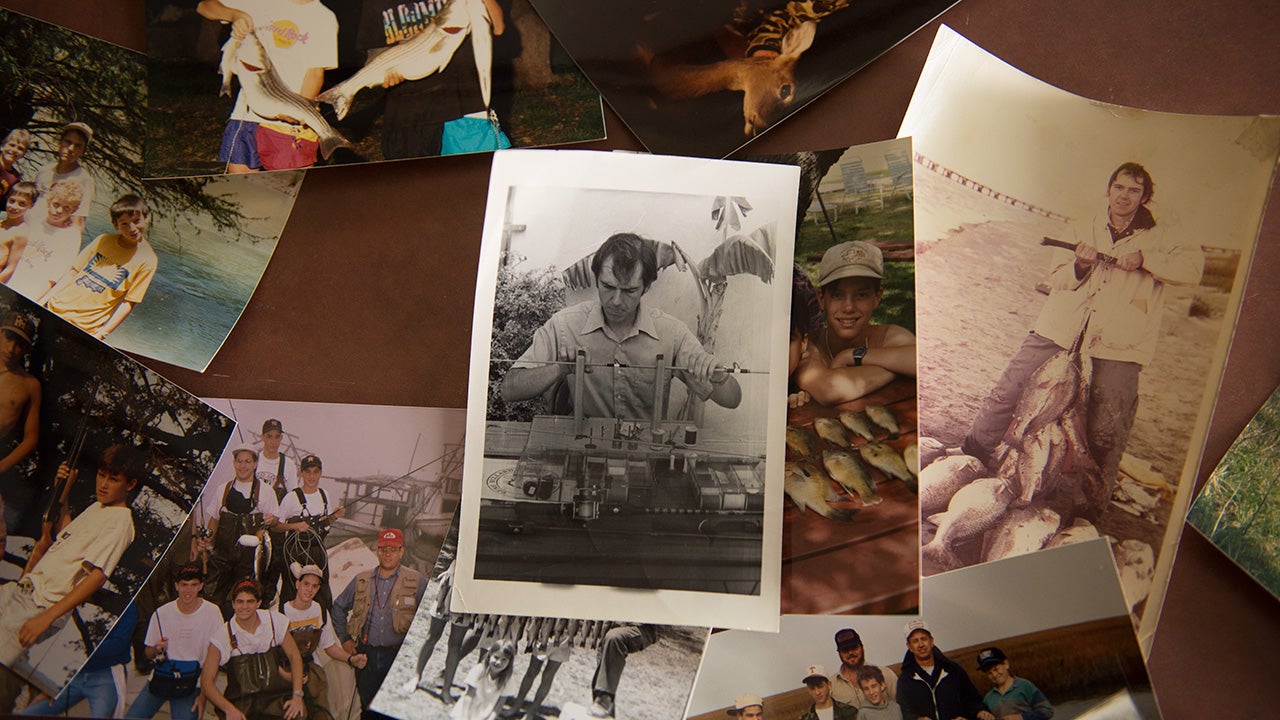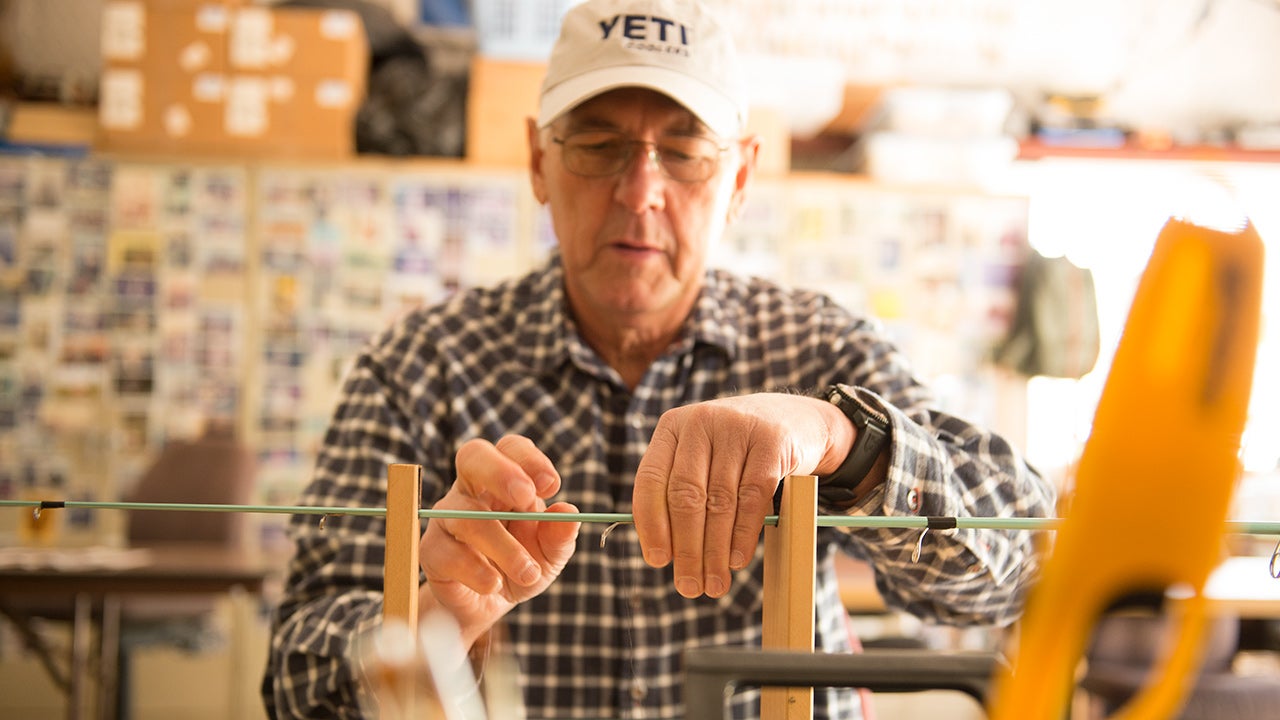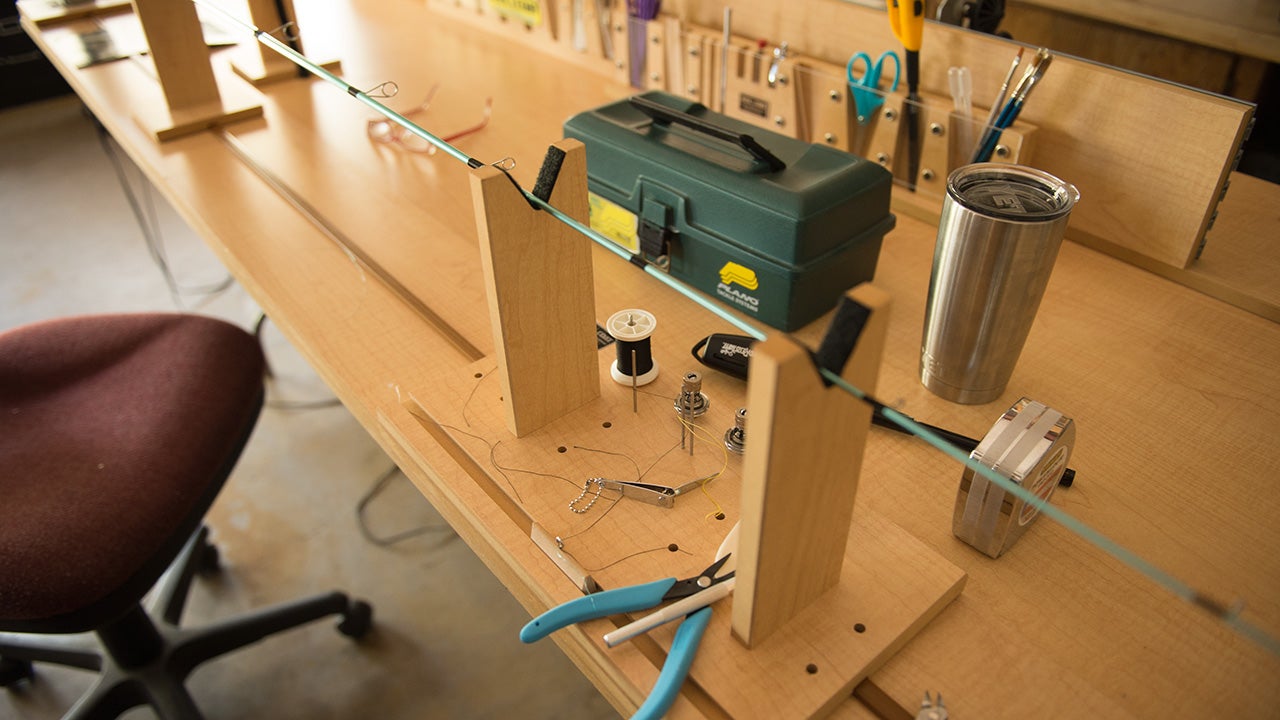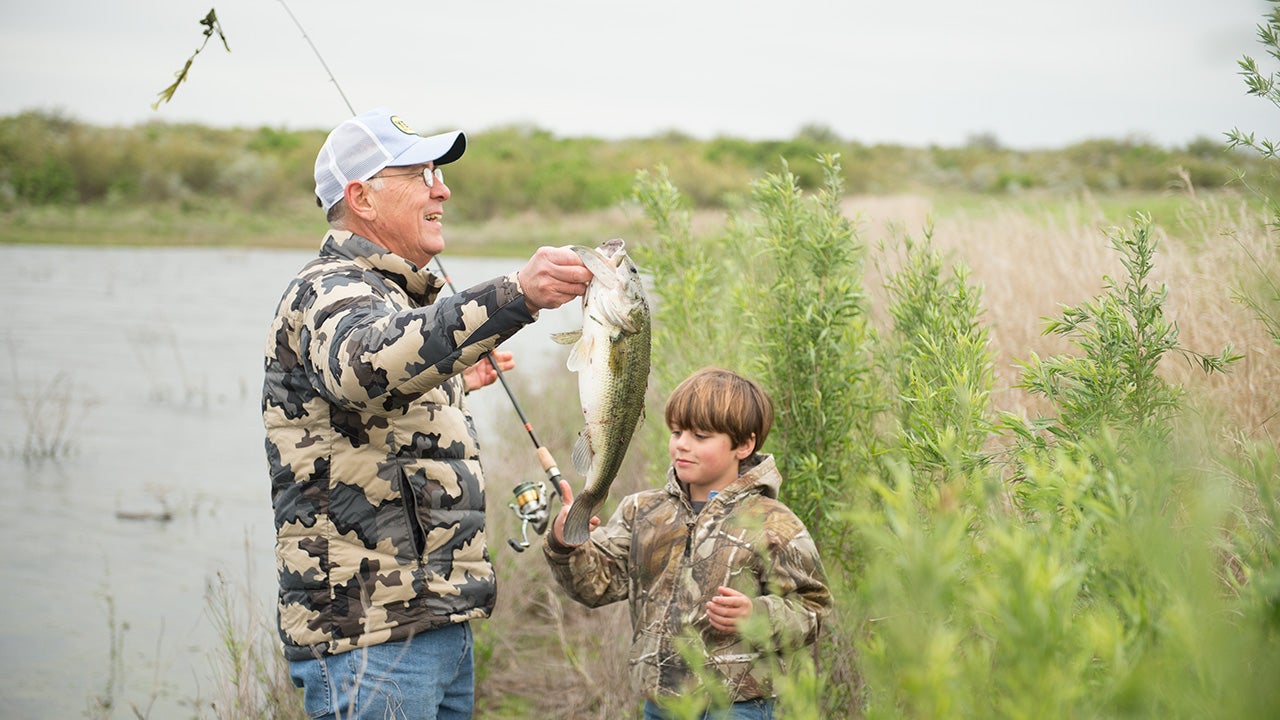Made in Driftwood
When Roy and Ryan burst onto the scene with YETI, they created a whole new market category — high-end, high-function, damn-near-indestructible coolers, made for, and by, passionate outdoorsmen. The Seiders brothers developed YETI coolers because they’re die-hard hunters and anglers. And over the years, they realized that they needed something better than what the market offered.
They started tweaking the design of existing ice chests to make them more functional for their pursuits — creating what Roger Seiders described as, “a pile four-feet-deep of broken coolers” in the process. The brothers eventually arrived at the unique, rotomolded models they produce today.
But let’s take a step back. In the mid 1970s, Roger was a shop teacher, showing Houston-area high school students how to work with their hands. He was also an avid fisherman, building and selling his own fishing rods. Roger often ran into one particular problem. There weren’t any good clear coats on the market to seal the thread wraps over the guides on the finished rods. Most tackle shops sold varnish, but it quickly cracked under constant multidirectional stress from casting and fighting fish. Roger was tired of seeing his superb handiwork ruined by lesser products, so he took it upon himself to solve the problem. “I kinda like to figure stuff out myself,” says Roger.
Roger contacted an epoxy manufacturer and explained his predicament — he needed a finish that was clear, durable, and, most of all, flexible.
“They said, ‘Yeah, we can do something like that, but you’d have to buy a hundred gallons.’ Now, I could use about eight ounces in a year,” said Roger. “But I went ahead and bought that epoxy finish, and started selling it around Houston.”
He branded his new epoxy finish “Flex Coat” and packaged 36 two-ounce bottles for a local sporting goods store where he knew the buyer. Flex Coat went up on the shelves. Roger headed home without giving it much extra thought. The next day, he went back to work. After school let out, Roger stopped by the shop again.
“When I walked in the next day, the salesman said, ‘Roger, where you been?’ And I told him I’d been teaching school.” said Roger, growing excited at the memory. “They said, ‘Man, we sold out of that finish by noon!’”
“I didn’t realize what that meant,” said Roger. “I thought maybe that’s the way business worked. You put a product out there, and it sells. But I’ve learned since then that it doesn’t always work that way, and it was something really unusual. I had something the entire fishing rod industry was looking for.”
Soon, Roger had to make a tough decision. He had never quit anything before, but after coming home from a wildly successful tradeshow, his wheels were spinning. He decided to quit his teaching job and focus full-time on Flex Coat. He added more products to his line, and began bringing his four kids into the family business and having them along to outdoor tradeshows. For Roy and Ryan, two adventurous boys who already loved hunting and fishing, these events were a combination amusement park and rock concert. It was a chance to ogle the latest products and see their heroes in the flesh.
“All the most famous fishermen would walk by, and then, about two feet behind ‘em, Ryan would be walking,” Roger recalled with a laugh. These early experiences with their father helped the two brothers build a familiarity with the industry and develop relationships that would, eventually, prove to be a huge boon.
“Later on, when they started YETI, Ryan already knew the authentic industry personalities he wanted to partner with to promote YETI,” said Roger. “Flip Pallot was one of ‘em. Ryan got to know Flip when he was a teenager. He’d get autographs, bring him to my booth. Later, Flip would call Flex Coat when Ryan was in college, and come by and pick him up when he came from Florida to go turkey hunting in Texas. So when YETI started, Ryan called Flip, and Flip said, ‘If there’s anything I can do to help, just let me know.’ And that led to Flip working with them on the first YETI print ads and television commercial that really helped the brand take off.”
After nearly 40 years, Flex Coat is still an industry standard and Roger is still hands-on. That’s just the kind of man he is. Naturally, he passed that ethos down to Roy and Ryan. A lifetime spent working and playing with their dad ingrained into them entrepreneurial, resourceful spirits.
“Whenever we wanted something, we’d just build it,” said Roger Seiders. “That’s in our nature. Rather than look around and research, we just do it, because we know how to build stuff. We wanted the best fishing rods to suit our style of fishing, so Ryan started a fishing rod company. We wanted a boat that was real tough and could fish the Texas coastal flats, so Roy started building boats.”
YETI famously began from those boats. Roy and Ryan were unhappy with the low-quality coolers they were installing on their high-quality boats. They needed something, and they built it. Just like their dad’s Flex Coat, YETI was something the outdoor world was looking for. It’s probably safe to say that if it wasn’t for the two brothers’ upbringing as outdoorsmen and the entrepreneurial spirit instilled by Roger, people the world over would still have piles of broken coolers on their hands. Mention this to ever-humble Roger, and he’ll just shrug it off.
But when asked about his sons’ success with YETI, Roger speaks simply, voice tinged with awe and a whole lot of pride.
“It’s an amazing story, and it’s not over yet!”
